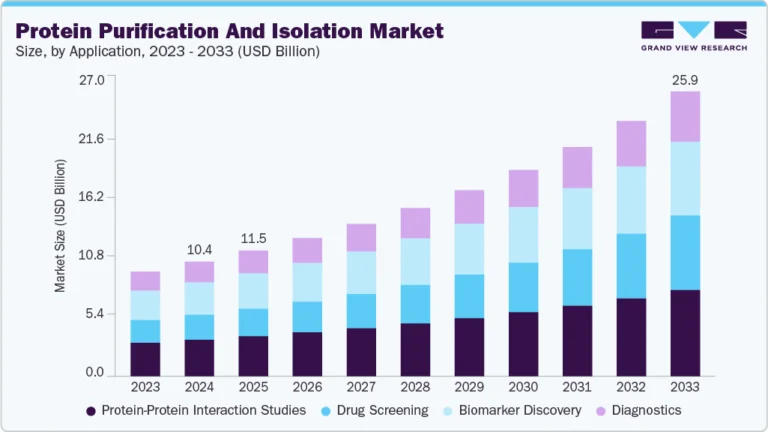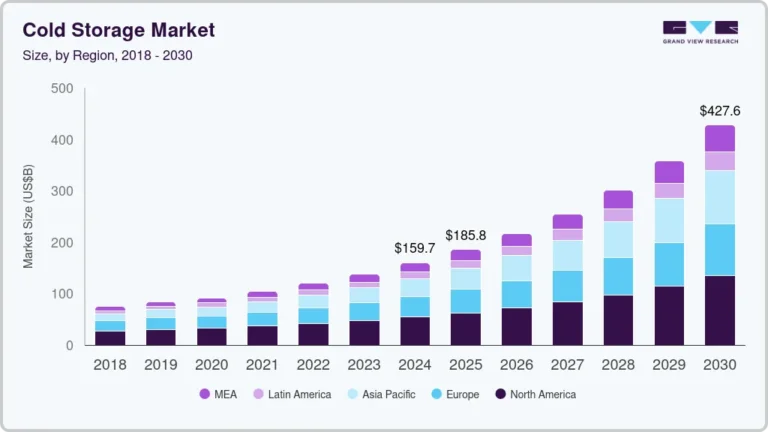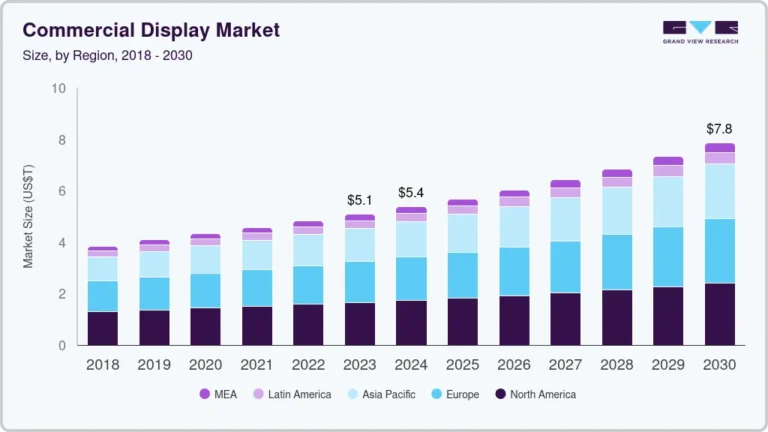AI Assistant Software Market Size, Share & Trends Analysis growing at a CAGR of 17.5% from 2025 to 2033

The global AI assistant software market size was estimated at USD 8,464.9 million in 2024 and is projected to reach USD 35,720.6 million by 2033, growing at a CAGR of 17.5% from 2025 to 2033. The artificial intelligence assistant software industry is experiencing strong growth as enterprises adopt these tools to improve operational efficiency and decision support.
Key Market Trends & Insights
- North America dominated the global AI assistant software market with a revenue share of 37.6% in 2024.
- The AI Assistant Software market in U.S. led the North America region and held the largest share in 2024.
- By component, software segment held the largest revenue share of 67.2% in 2024.
- By functionality, the chatbots segment accounted for the largest revenue share of 34.1% in 2024.
- By application, the IT Service Management (ITSM) segment is expected to grow at the fastest CAGR of 19.6% from 2025 to 2033.
Market Size & Forecast
- 2024 Market Size: USD 8,464.9 Million
- 2033 Projected Market Size: USD 35,720.6 Million
- CAGR (2025-2033): 17.5%
- North America: Largest market in 2024
- Asia Pacific: Fastest growing market
Request a free sample copy or view report summary: https://www.grandviewresearch.com/industry-analysis/ai-assistant-software-market-report/request/rs1
AI assistant software is evolving from rule-based solutions to systems powered by large language models. These advanced assistants manage complex, open-ended business interactions with greater accuracy and flexibility. They support tasks such as drafting emails, summarizing content, and executing multi-step queries. Generative AI is being embedded into enterprise software to enable large-scale automation of complex business tasks. It allows AI assistants to process natural language inputs, generate contextual responses, and support real-time decision-making. These assistants are powered by large language models trained on diverse datasets and fine-tuned for specific organizational needs.
Organizations are actively deploying AI assistants across functions such as operations, customer support, and IT to improve efficiency, accelerate workflows, and reduce manual effort. For instance, in February 2025, Honeywell International Inc., a U.S.-based technology and manufacturing company, announced the release of its Forge Production Intelligence platform, with a generative AI assistant that helps engineers and plant managers access insights, automate tasks, and resolve issues through natural language prompts. These assistants enhance performance monitoring and support faster, data-driven decisions in industrial operations.
In the AI assistant software market, solutions are shifting toward multifunctional capabilities. Assistants now combine natural language interaction, reasoning, and task automation in a single platform. This integration allows users to perform end-to-end activities such as querying, planning, and execution without switching tools. It enhances efficiency across personal, enterprise, and industrial use cases. Market participants are focusing on unified systems to address the growing demand for intelligent, action-oriented assistants. Organizations are actively developing such integrated AI assistant platforms. For instance, in March 2025, Alibaba Group Holding Limited, an e-commerce company in China, launched a version of its AI assistant app powered by its advanced Qwen AI reasoning model, integrating chatbot, deep thinking, and task execution into a single platform. This move demonstrates its effort to compete globally by investing heavily in AI infrastructure and forming strategic partnerships to expand its capabilities.
AI assistant vendors are increasingly adopting hybrid architectures that combine cloud-based large language models (LLMs) with on-device models. This approach enables a balance between computational efficiency and user privacy. Cloud-based models provide the power to handle complex tasks and real-time updates. On-device models support faster responses and function without an active internet connection. This reduces latency and enhances user experience, particularly in mobile and consumer electronics. By processing sensitive data locally, vendors address rising privacy and regulatory concerns. Hybrid deployment also lowers infrastructure costs for frequently used functions. It enables context-aware interactions by storing user preferences on the device. This trend is especially relevant for smartphones, wearables, and embedded systems. Leading companies are integrating this approach into next-generation AI assistant platforms to improve reliability and accessibility.
Component Insights
The software segment dominated the AI assistant software market in 2024, accounting for a 67.2% share, due to its foundational role in enabling intelligent system behavior. The core value is derived from advanced algorithms, natural language processing, and reasoning capabilities embedded within the software. Vendors focus on software innovation to improve accuracy, contextual understanding, and response quality. Most performance enhancements and new features are delivered through regular software updates. Subscription-based and license-driven models ensure predictable revenue for vendors. Software platforms are also essential for integrating with third-party applications and APIs.
The services segment is witnessing rapid growth as businesses demand more integration and support for AI deployment. Organizations seek professional services to customize AI assistants according to specific workflows and operational needs. Managed services are becoming crucial for continuous model training, system monitoring, and performance optimization. Consulting services assist clients navigate data privacy, ethical concerns, and industry-specific compliance. With increasing adoption across sectors, service providers are expanding capabilities to handle scale and complexity. The rise of AI-as-a-service models reflects a shift toward recurring support and flexible delivery.






